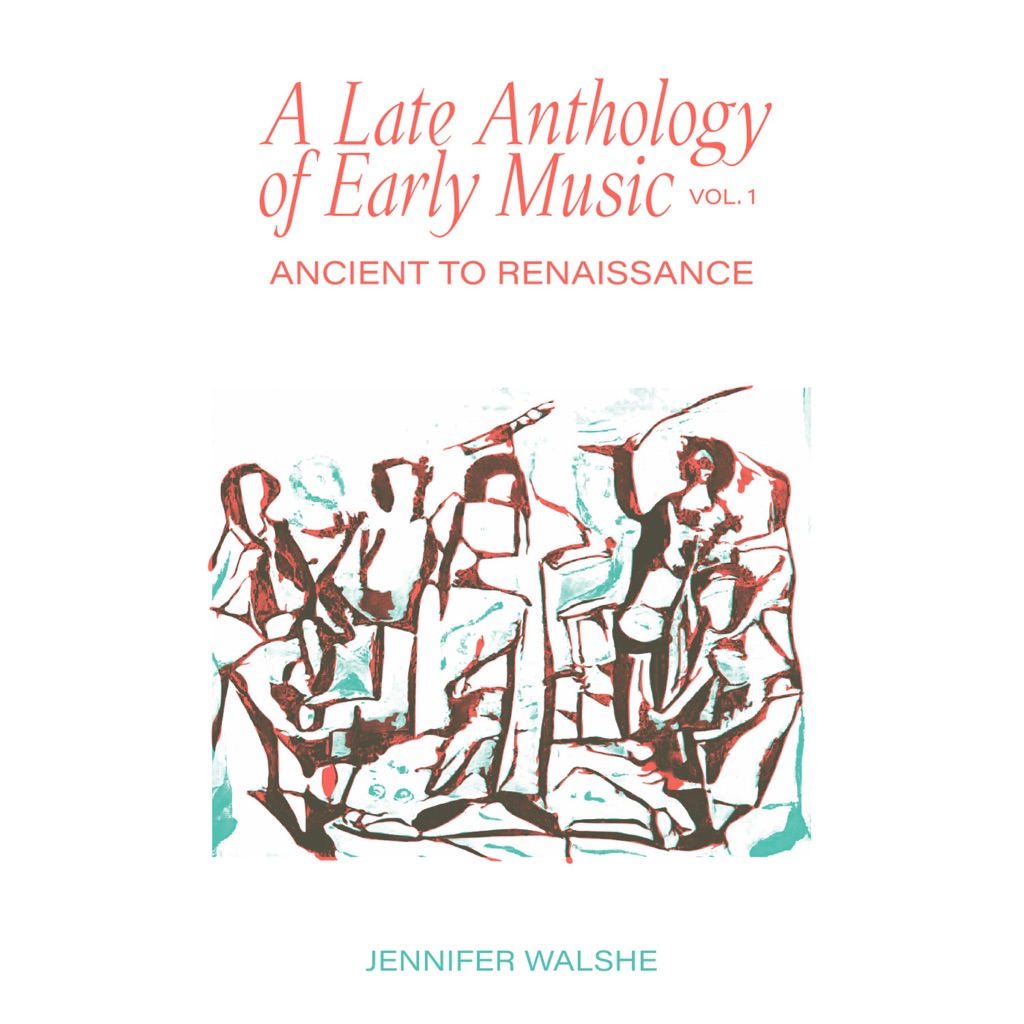
A Late Anthology of Early Music, Vol. 1: Ancient to Renaissance
“While you live, shine” Epigraph of Seikilos - 1st or 2nd century AD For my sins, I spent many years teaching the history of Western music to undergraduate students. I taught the “grand tour” - two millennia of music history crammed into three terms. The party line in the textbooks I was required to teach from was clear - after a brief detour to Ancient Greece, Western music unfolded from the voice, evolving with logic and clarity, from plainchant to organum and the motet, polyphonic counterpoint and beyond, successive genres building on and fractally expanding what came before. Dadabots, the duo of machine learning specialists CJ Carr and Zack Zukowkski, trained their neural network Sample-RNN on hours of a cappella recordings of my voice, producing 841 files over 40 generations of training. When CJ and Zack sent me the files, I was struck deeply by how it felt to listen to the network learning - the early files consisting of long notes and glitchy errors gradually giving way to moments of bizarre melody, whistles and washes of white noise before the sound of my own voice began to emerge. I was struck by the parallels with the party line of my music history days. 40 generations of my voice; 40 human generations living and dying over the 1200 years of music history we covered in the first term. In A Late Anthology, I map the development of the network’s understanding of my voice onto the history of early Western music. Machine learning is used as a filter to listen to the history of early Western music; Western music history is used as a filter to listen to machine learning. In combination, they produce a new alternative tradition, a proposal for a different way of thinking about, listening to and making a history of Western music.


